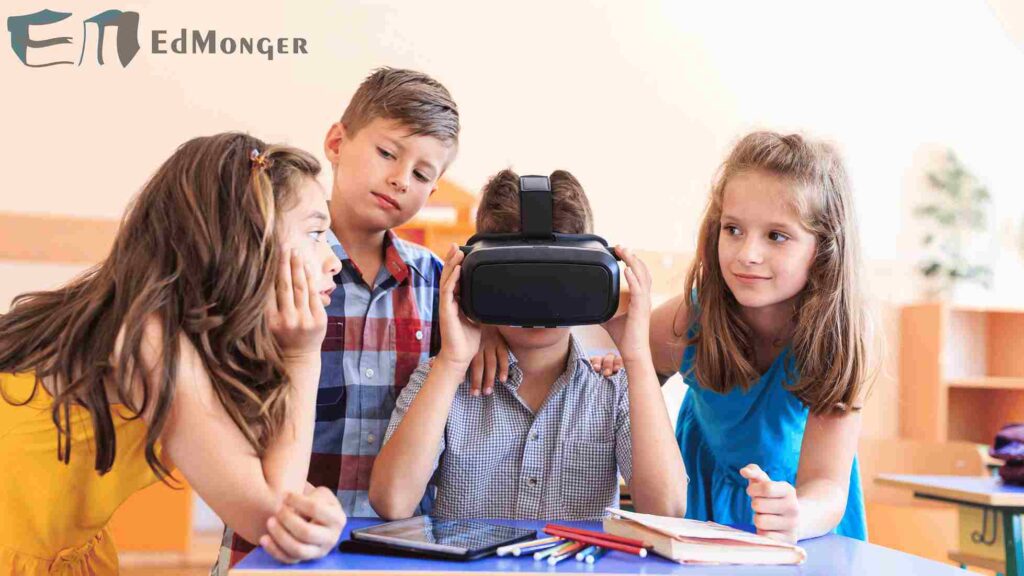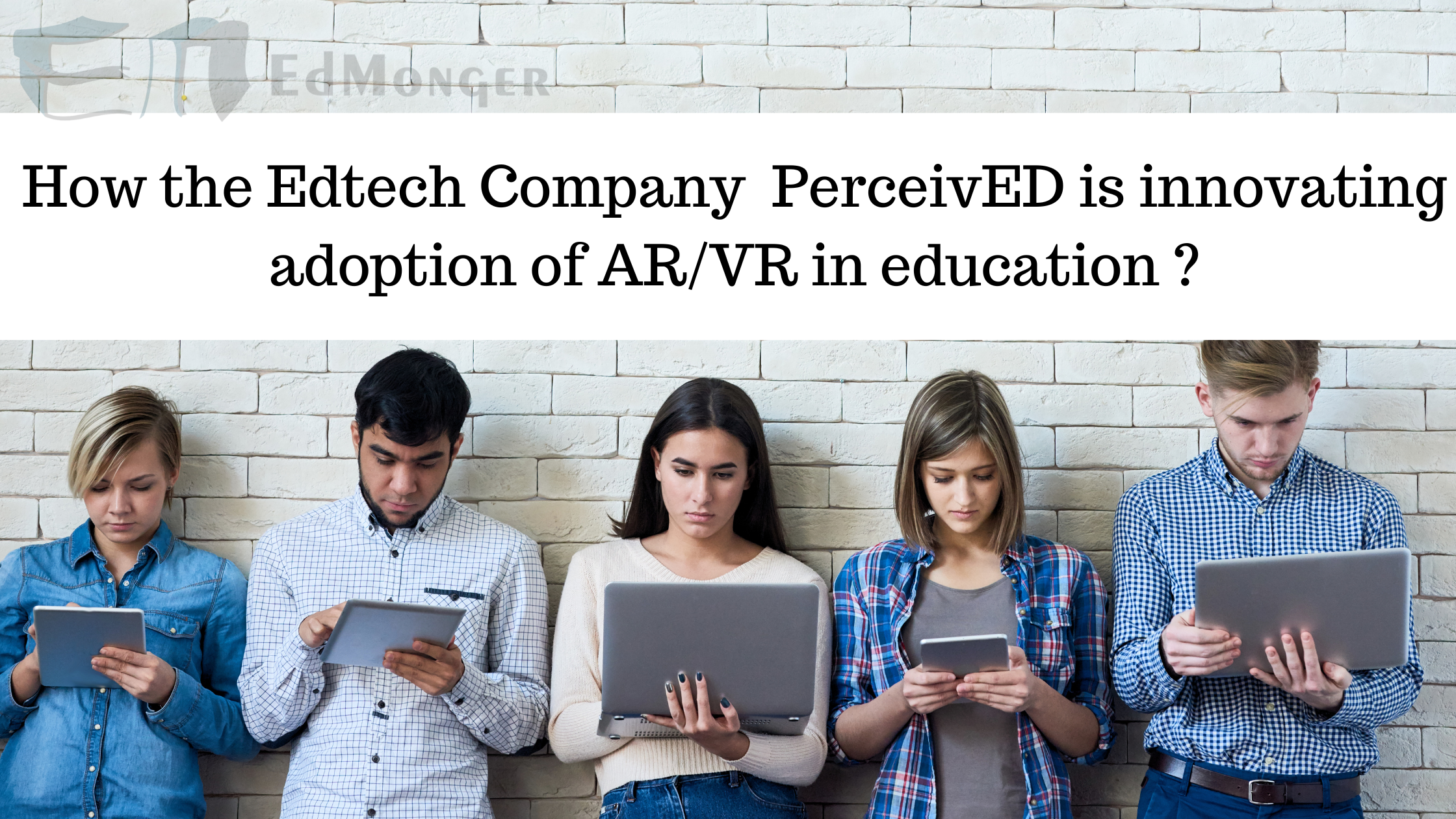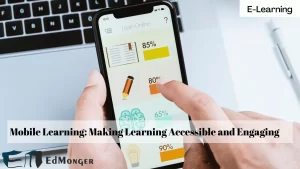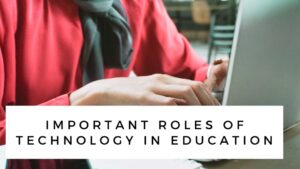The use of augmented reality (AR) and virtual reality (VR) in education has the potential to transform the way students learn and engage with concepts. However, the adoption of e technology in schools has been slow due to various challenges, such as cost, technical limitations, and lack of access to quality curricula.
Challenges of Ar and VR adoption
One of the main issues associated with procuring AR/VR curricula in schools is the need for specialized hardware and devices. This can be expensive and may not be feasible for schools with limited budgets. In addition, there is a learning curve associated with using AR/VR technology, which can be a barrier for educators to incorporate it into their lesson plans.

Another challenge is the lack of quality AR/VR content that aligns with educational standards and provides a meaningful learning experience for students. The development of the AR/VR curriculum requires a significant investment of time and resources, which can be a barrier for schools and educators.
A potential solution to the problem
To address these challenges, one potential solution is to develop AR/VR solutions that are device-agnostic. By creating content that is accessible on any device, such as mobiles, smartboards, and laptops, schools can eliminate the need for specialized hardware and make it more cost-effective and accessible. If the content is designed to be user-friendly and intuitive, it would reduce the learning curve for educators, making it easier to incorporate technology into their lesson plans.
Moreover, by providing video-based content that provides 3D interactivity to the level of a VR device, schools can potentially enhance learning outcomes compared to traditional 2D content. This is because it can provide a more immersive and engaging learning experience that allows students to explore concepts in greater depth and detail.
Also read: Experiential learning with Virtual Reality [Benefits and Impacts]
Edtech Company PerceivEd
While video-based content that provides high interactivity could potentially help to address many of the challenges associated with procuring AR/VR curriculum in schools, it may not fully replace the benefits of immersive VR experiences. To ensure that it is effective in enhancing student learning outcomes, ongoing evaluation and research would be necessary. Hence Perceived also provides the capability to render on VR devices as well with immersion. Now it’s the choice of the teacher and students which mode of learning they want to execute.
Final thoughts
In conclusion, while there are challenges associated with procuring AR/VR curricula in schools, there are potential solutions that can make the technology more accessible and effective. By developing device-agnostic content that provides high interactivity, schools can potentially enhance student learning outcomes and better prepare students for the future.




